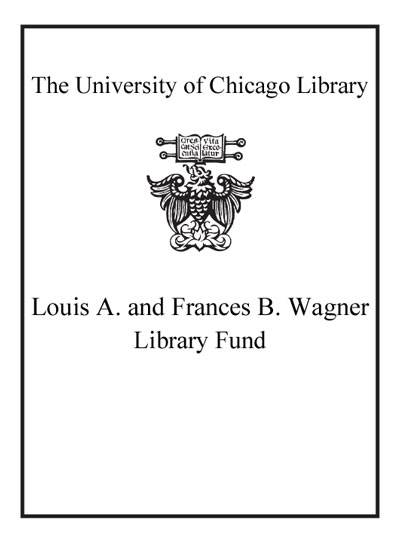Beyond 2%--NATO partners, institutions & burden management : concepts, risks & models /
| Author / Creator: | Kimball, Anessa L., author. |
|---|---|
| Imprint: | Cham : Palgrave Macmillan, [2023] ©2023 |
| Description: | 1 online resource ( xx, 247 pages) : illustrations (some color). |
| Language: | English |
| Series: | Canada and international affairs Canada and international affairs. |
| Subject: | |
| Format: | E-Resource Book |
| URL for this record: | http://pi.lib.uchicago.edu/1001/cat/bib/12935044 |
| Summary: |
This book advances North Atlantic Treaty Organization (henceforth, NATO) burden analysis through a decomposition of the political, financial, social, and defense burdens members take on for the institution. The overemphasis of committing a minimum of 2% of member state Gross Domestic Product (GDP) to defense spending, as a proxy indicator of alliance commitment does not properly reflect how commitments reduce risks should Article V be invoked through attack (i.e., 2% is a political & symbolic target adopted by Defense Ministers in 2006 at Riga). Considering defense burdens multi-dimensionally explains why some members overcontribute, as well as, why burden sharing negotiations cause friction among 30 diverse members with differing threats and risks. In creating a comprehensive institutional burden management model and focusing on risks to members, the book explores the weaknesses of major theories on the study and division of collective burdens andinstitutional assets. It argues that member risks and threats are essential to understanding how burdens are distributed across a set of overlapping institutions within NATO's structure providing its central goods. The importance of the USA, as a defense underwriter for some, affects negotiations despite its absence from research empirically; new data permit testing the argument (Kavanaugh 2014). This book contributes conceptual innovation and theoretical analysis to advance student, researcher, and policymaker understanding of burden management, strategic bargaining, and defense cooperation. The contribution is a generalizable risk management model of IO burden sharing using NATO as the case for scientific study due to its prominence. |
|---|---|
| Physical Description: | 1 online resource ( xx, 247 pages) : illustrations (some color). |
| Bibliography: | Includes bibliographical references and index. |
| ISBN: | 9783031221583 3031221583 9783031221576 3031221575 |

